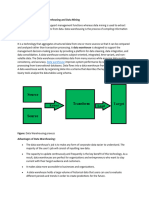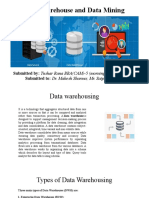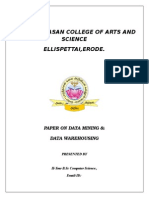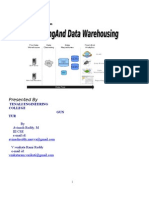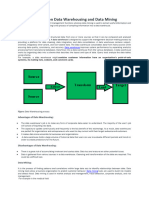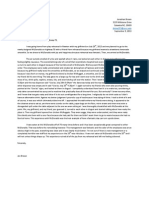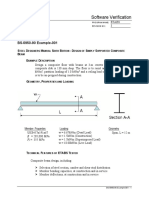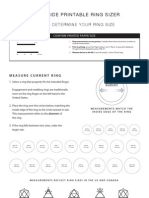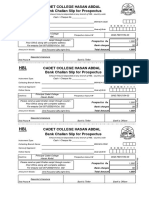0% found this document useful (0 votes)
48 views9 pages1 What Is Data Mining
The document discusses the evolution of data warehousing from the 1960s to present. It outlines key events like dimensional modeling in the 1960s and the introduction of the term 'data warehouse' in 1990. The document then covers the goals, needs, and features of data warehousing as well as related topics like data mining.
Uploaded by
Sonu SainiCopyright
© © All Rights Reserved
We take content rights seriously. If you suspect this is your content, claim it here.
Available Formats
Download as PDF, TXT or read online on Scribd
0% found this document useful (0 votes)
48 views9 pages1 What Is Data Mining
The document discusses the evolution of data warehousing from the 1960s to present. It outlines key events like dimensional modeling in the 1960s and the introduction of the term 'data warehouse' in 1990. The document then covers the goals, needs, and features of data warehousing as well as related topics like data mining.
Uploaded by
Sonu SainiCopyright
© © All Rights Reserved
We take content rights seriously. If you suspect this is your content, claim it here.
Available Formats
Download as PDF, TXT or read online on Scribd
/ 9

